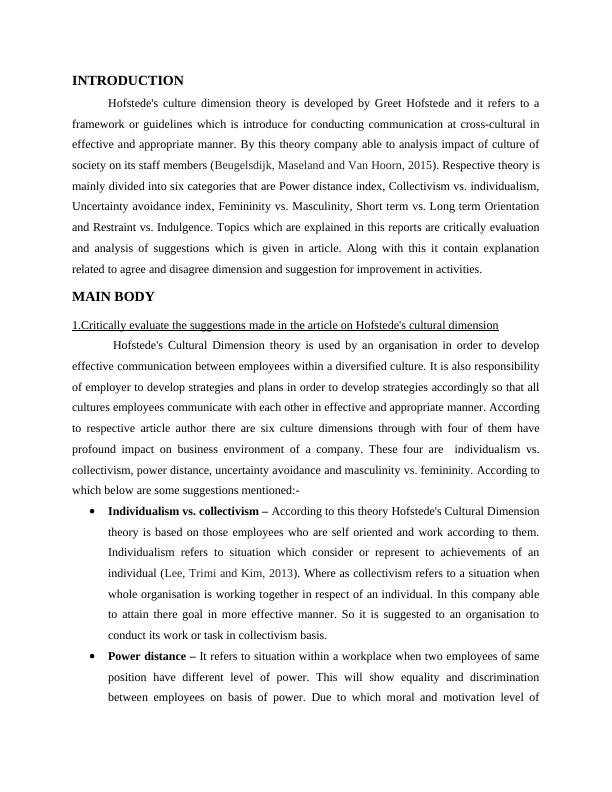Ask a question from expert
(PDF) Hofstede's Dimensions of Culture
6 Pages1411 Words415 Views
Added on 2020-11-12
(PDF) Hofstede's Dimensions of Culture
Added on 2020-11-12
BookmarkShareRelated Documents
End of preview
Want to access all the pages? Upload your documents or become a member.
Study Skills for Higher Education- Doc
|6
|1309
|239
Hofstede's Cultural Dimension Revisited
|7
|1323
|337
Analysis of Study Skills
|6
|1292
|81
Hofstede's Cultural Dimension Framework: A Critical Evaluation
|7
|1316
|33
Study Skill | assignment
|6
|1387
|409
(PDF) A critical discussion of Hofstede's concept of Power
|6
|1359
|298


